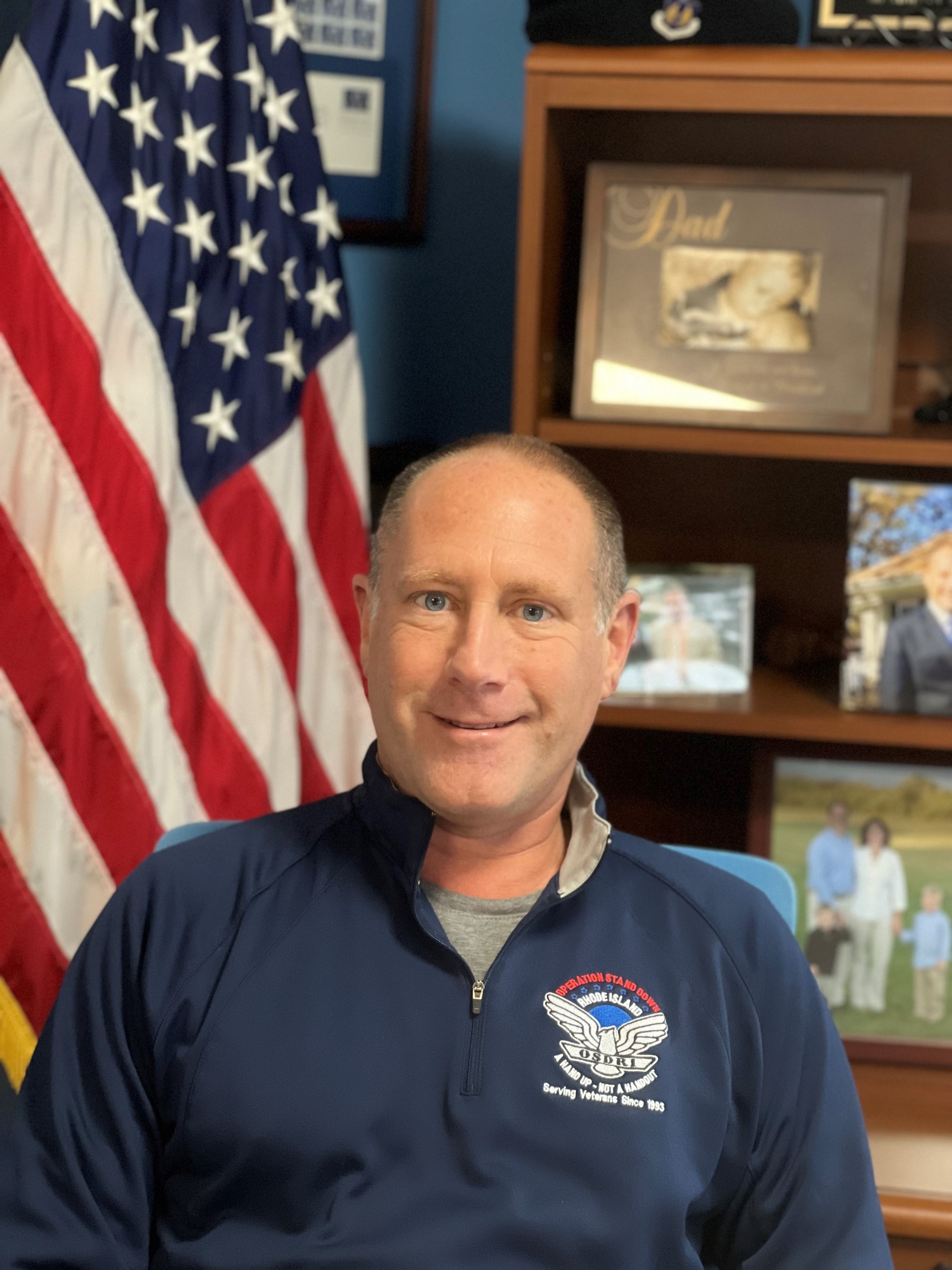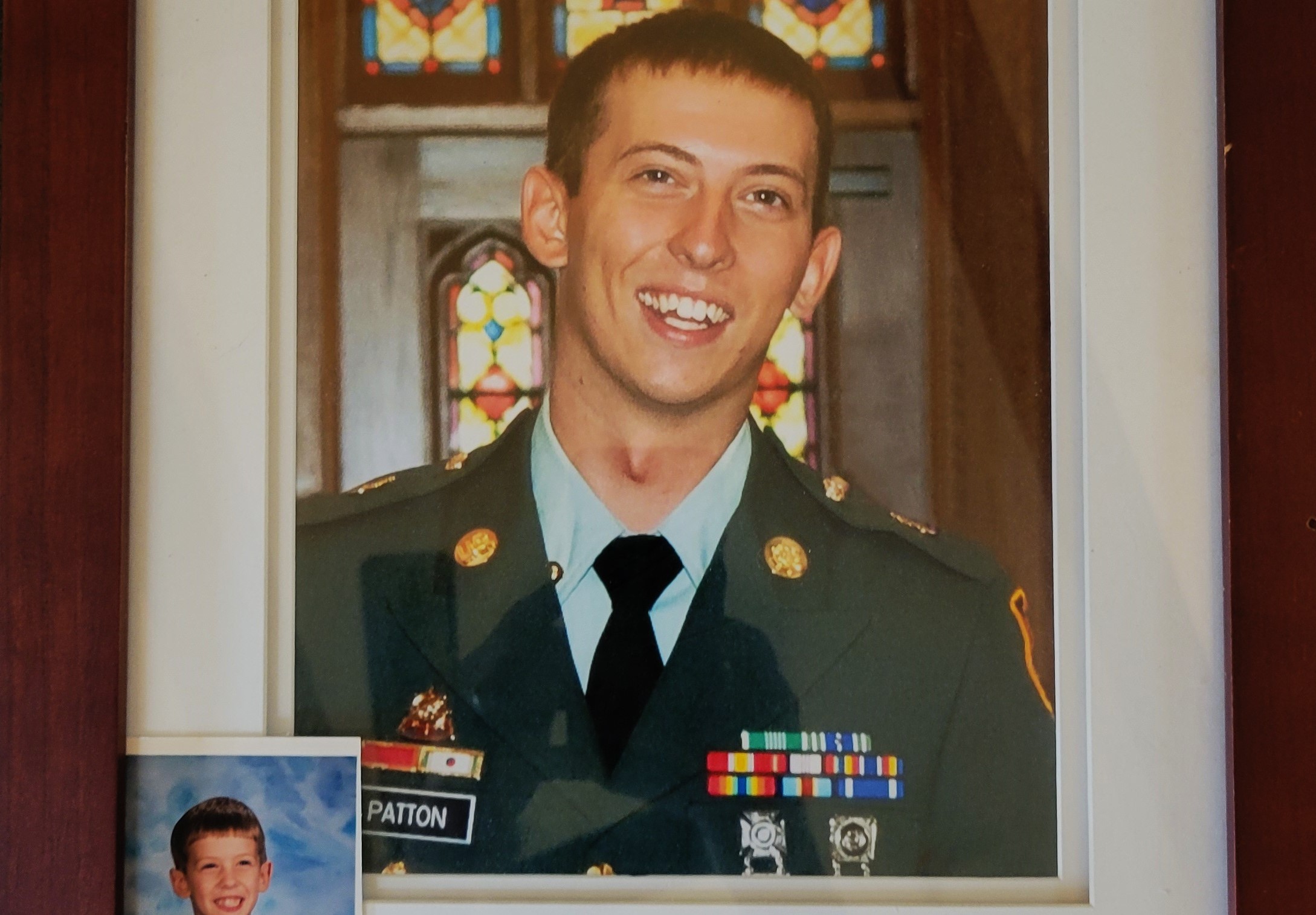Even spending short amounts of time in nature can reduce stress, and improve mental health and language, math and science skills
Four to seven minutes each day: That’s how little time children in the United States spend outdoors in unstructured play time! That represents less time outdoors than any other generation, according to a 2001 report by the National Recreation and Park Association, and to another, more recent, report. That data is shocking and bodes poorly for such children’s health. Spending time in nature – whether kayaking, trail hiking, forest bathing or simply sitting under a tree and breathing fresh air – offers proven health benefits.
According to one scientific study, “living in greener urban areas is associated with lower probabilities of cardiovascular disease, obesity, diabetes, asthma hospitalization, mental distress and ultimately mortality, among adults; and lower risks of obesity and myopia in children. Greater quantities of neighborhood nature are also associated with better self-reported health, and subjective well-being in adults, and improved birth outcomes and cognitive development, in children.”
Dr. Philip Chan, chief medical officer at Open Door Health, Rhode Island’s only community-based LGBTQ+ clinic, believes that spending time in nature has numerous benefits to individuals’ physical and mental health. “There are many reasons behind this; being in nature provides more space to exercise and, often improved air quality,” said Chan. “Lack of exercise and poor air quality have adverse effects on multiple health outcomes.”

As a physician, Chan regularly encourages his patients to be physically active, ideally outside. “There’s a strong correlation with being in nature and being more active; as we age, it’s especially important to remain active and focus on nutrition,” said Chan, who knows of other physicians who make similar recommendations to their patients.
Land trusts are community-based organizations formed to preserve farms, open spaces, forests and watersheds for the public’s benefit; Rhode Island’s land trusts, most of which are wholly volunteer-driven, offer residents and visitors free or low-cost access to natural preserves. The Rhode Island Land Trust Council (Council) is the coalition for the state’s 50 land trusts and the “legislative watchdog” to advocate for strong land conservation policies.
Land Trust Days, the Council’s longest running program, is an annual celebration that runs from late August through late October. Free or low-cost events include forest bathing, yoga, and full moon hikes and paddles, and nocturnal owl prowls. “Every year we get bigger; our goal is to have an event in every city and town,” said Kate Sayles, the Council’s executive director. “Last year, we had 3,000 people attend a Land Trust Days event; at Thanksgiving, we generally have a hike to ‘walk off the turkey.’”
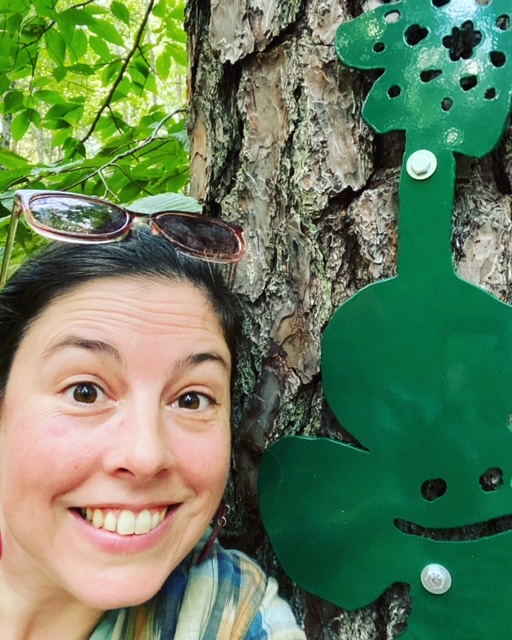
The Council’s Explore RI website includes maps and other information about the state’s fresh and salt water activities (Blueways) and 138 hiking and walking trails (GreenWays); the website includes maps and links to each of the state’s land trusts. Its RI Walks website includes a whimsical challenge, one where people can find 34 nature-inspired creatures hidden on the state’s hiking trails. “The wildly popular scavenger hunt includes QR codes; people who finish the challenge – by scanning and uploading images of each creature – can win fun prizes,” said Sayles. “Dog walkers, families and people on staff retreats have enjoyed the scavenger hunts.”
Lobbying members of the General Assembly interferes with Sayles’ preferred work venue – outside. “Being able to be around nature – even for five or 10 minutes – alleviates a lot of stress and anxiety, when I’m surrounded by trees and nature,” said Sayles, who walks her dog each morning for 45 minutes near a river and a pocket park.
Getting therapy while walking
It’s not unusual for Jason Etting, a psychotherapist with ME Psychotherapy, with offices in Providence and Narragansett, to walk 20 miles in one day. Although Etting is naturally physically active, he might be holding “Walk & Talk” therapy sessions with his clients on such a day. The Narragansett Town Beach offers Etting’s clients an ideal opportunity to enjoy nature while sharing their struggles.
“Everyone has their own pace and their experience,” said Etting, of the “Walk & Talk” therapy sessions. “These sessions [engage] the body and the mind; clients work out issues,” all while walking on or near the beach. “Some people see a huge benefit to discussing their issues while they’re moving,” added Etting, who jokingly suggests that therapy fees should be doubled when clients experience spectacular sunrises during walk therapy sessions.
One client, whose medical conditions make physical activity difficult, has built up his endurance and can now walk at a good clip, said Etting. “He told me that he wouldn’t be out walking if it weren’t for these sessions.”
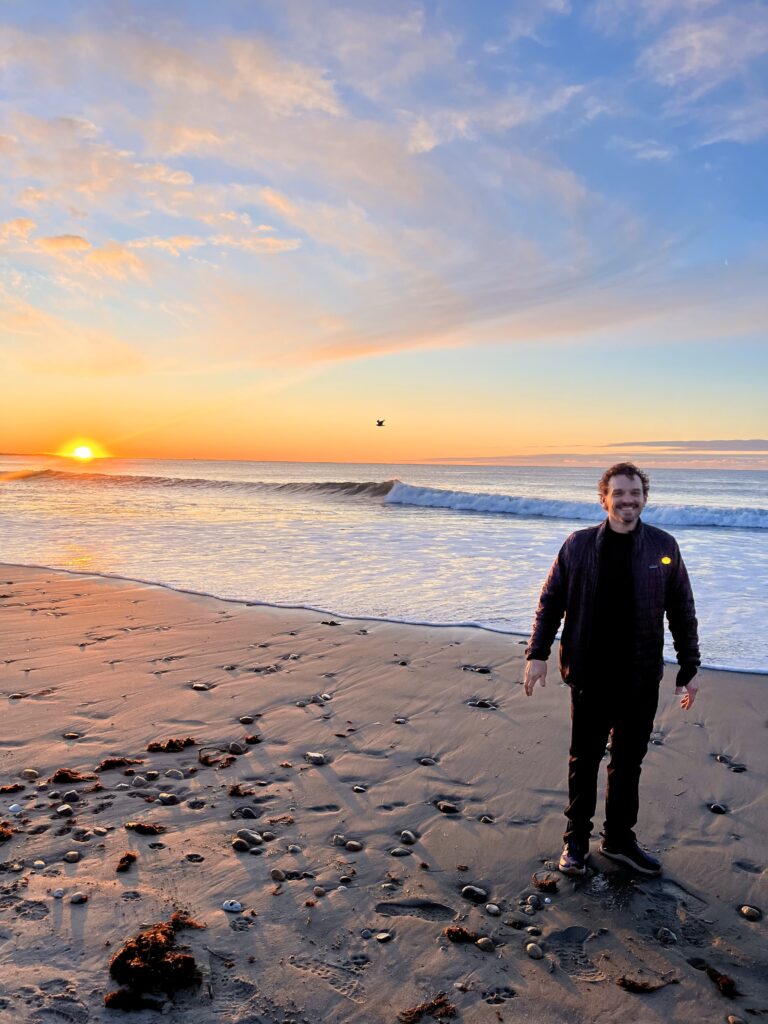
Some people, said Etting, prefer being in nature, as they feel boxed in within a therapy room. Etting and his clients will typically greet passerby as they walk, which benefits clients suffering from social anxiety. With the ocean’s sounds, a wide beach and many passerby wearing headphones, Etting finds that other walkers are not likely to overhear confidential disclosures, though he can’t guarantee the degree of confidentiality a therapy room offers.
For a client who calls himself an “active person who enjoys being outside, walking therapy has been a game-changer. “Being outside and getting exercise not only makes therapy more enjoyable generally, and it also helps with perspective and facilitates a more free-flowing discussion,” said “JC,” who requested anonymity. “When I tell my friends and family about Walk & Talk sessions, … they wish they had that option with their therapist. Overall, Walk & Talk sessions have greatly enhanced my therapy experience.”
“We keep a lot of our stress and trauma in our body and nervous system; and I think of the body like a pump,” said Etting. “When you walk, you get the negative energy out.”
Toddlers benefit, too
It’s not only adults who benefit from being in nature. Seven years ago, The Wheeler School, an independent college preparatory school in Providence, established Forest Fridays at the school’s 120-acre farmland, where nursery, pre-K and K students learned and explored in the woods. “From that experience, we gained a sense of how engaged [these students] were through active, hands-on experiences,” said Wheeler’s Michelle Dolan. “Some teachers studied nature-based early childhood education … the transition from providing direct instruction to serving as mentors and guides was transformative.”
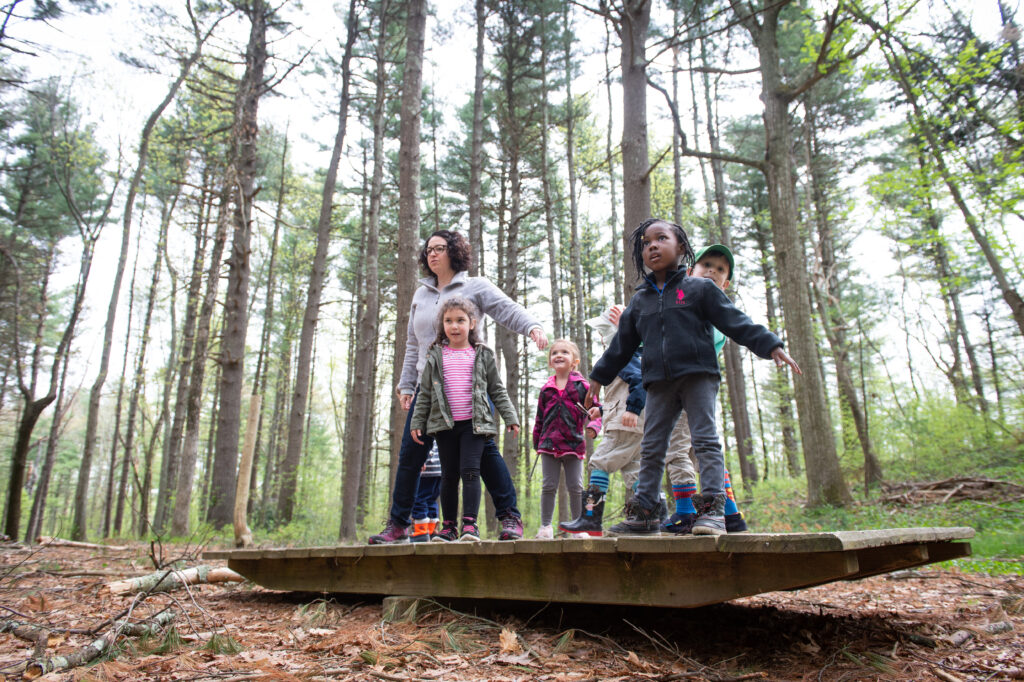
After COVID hit, Wheeler’s Seekonk property was deemed the ideal venue after distance learning and Forest Fridays expanded into a full-year curriculum. The result was The Nest, which provides a nature-based early childhood learning environment for the school’s youngest children, those between 2 years and 9 months and five years of age.
After extensive preparation and planning, The Nest launched its first class in September 2021. “This [curriculum] helps kids be active and joyfully engaged; we give them opportunities to learn in nature rather than sitting at a desk,” said Dolan, who became The Nest’s director. “Parents recognize how valuable these experiences are… the kids love nature and they know what to do outdoors; they’re connected and interested.”
Dolan, who helped develop The Nest’s nature-based curriculum, has fond memories of her own childhood explorations and play times in nearby forests. “The Nest is my professional dream come true,” she said. “Being in nature allows kids to be really present and observant, and it’s calming.”
Spending time outside even in unpredictable weather and changing seasons teaches students critically important life lessons, including spontaneity, resilience and flexibility, said Dolan, who acknowledged that nature-based learning is not a new model, though she said that The Nest’s innovative approach teaches creativity, collaboration and problem-solving. And, the Seekonk farm has long been used for other outdoor education programming, including a semester-long experience for sixth graders and briefer engagements for others, with whom The Nest students often collaborate.
The Nest – and, indeed, the entire farm is “technology-free,” with one exception. Teachers photograph students so their parents can observe what their children are learning and use photographs of outdoor classroom experiences – such as witnessing the ospreys’ nest-building – as a learning tool.
Families frolic in nature
Jeanine Silversmith, a former math and science teacher who also managed a Bronx Zoo program to get girls interested in environmental science, launched RI Families in Nature soon after she moved to Rhode Island 20 years ago. “I created RI for Families in Nature to encourage families to spend time outside so that children and grownups could interact with the natural world and reap the benefits of those experiences,” said Silversmith, who was interviewed by ecoRI News for a story about this topic in March 2022. “Spending time exploring nature with no scheduled agenda can positively impact children’s gross motor development and attentiveness; reduced blood sugar levels and obesity are other positive outcomes.”
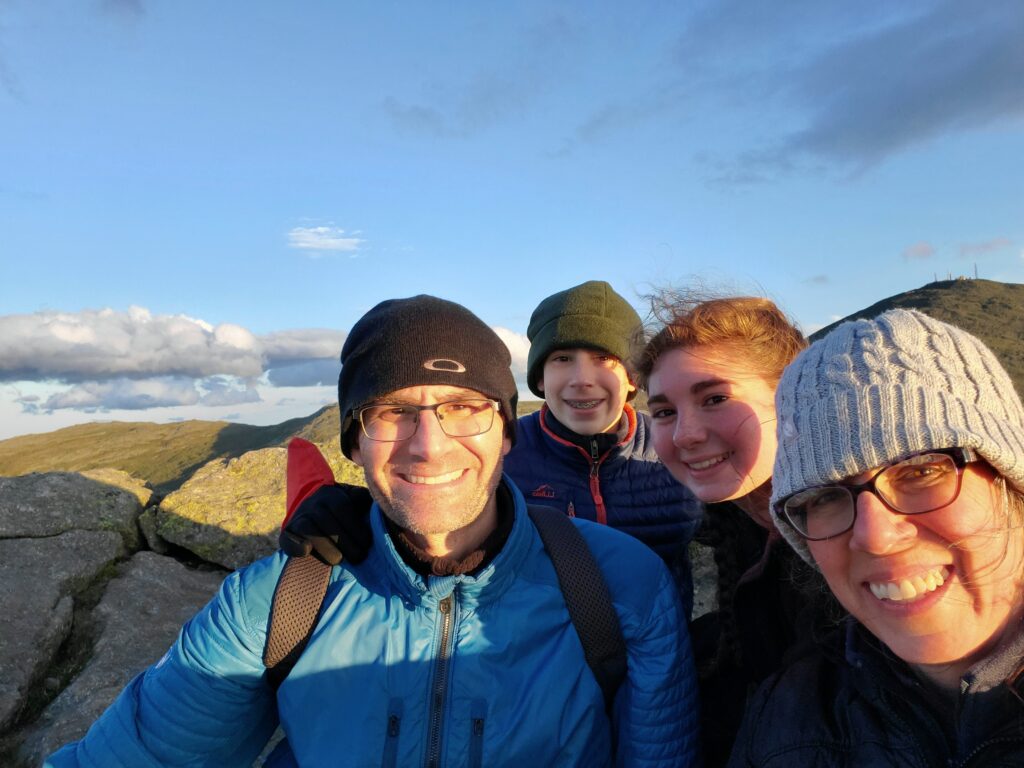
How much outdoor time is sufficient?
While different scientific studies evaluate different populations and myriad kinds of outdoor physical activities, Chan said, “The more, the better; [aim to] get 30 to 60 minutes of daily physical activity, ideally outside.” Like other medical providers he knows, Chan regularly recommends patients spend time outside informally and for physical exercise.
Chan practices what he preaches: Even in the worst weather, he runs a 3-mile loop daily through Lincoln Woods, which is near his home. Wearing appropriate clothing and being outdoors, even in winter, is beneficial, added Chan. “Humans evolved with nature so we have an affinity for nature,” he said.
Even spending short amounts of time in nature can reduce stress, and improve mental health and language, math and science skills, according to the North American Association for Environmental Education (NAAEE) to which RIEEA belongs. NAAEE’s Outside for 5 Pledge invites adults to commit to spend a minimum of five minutes a day, five days a week with children in some meaningful learning experiences. According to NAAEE, Stanford University evaluated more than 100 peer-reviewed studies published over two decades measuring environmental education’s impact of K-12 students. Stanford’s analysis found that environmental education led to improved academic performance, enhanced critical thinking skills and built confidence, autonomy and leadership skills.
We need a culture shift
And, despite the green spaces – forests, pocket parks and trails – and blue spaces – ponds, rivers, lakes, and, of course, the Narragansett Bay and the Atlantic Ocean – that make Rhode Island so appealing, not everyone in Rhode Island has equal access to nature. A Center for American Progress report, which calls that lack of access a “nature gap,” attributes such national inequality as one more consequence of our history of systemic racism.
“We need a culture shift to address chronic diseases such as heart disease and diabetes,” said Chan, an associate professor in the Department of Medicine and School of Public Health at Brown University, an infectious diseases physician and a consultant medical director for the state’s Department of Health. “A large part of that requires us to be more physically active, which relates to both access to green space and diet and nutrition.”
When new neighborhoods are being built and new bus lines identified, Chan wants policy makers and urban planners to consider incorporating accessible and appealing green spaces. “We need to think about new approaches to get a handle on obesity, which is also a huge public health problem,” said Chan. “Spending time being physically active in nature is potentially part of a solution to address obesity and chronic disease.”
RI Families in Nature’s comprehensive website provides extensive information on hiking trails, trail games, etc. It includes a definition of “nature deficit disorder,” and explains how spending time exploring nature benefits our physical and mental health. “We do our children a great injustice by keeping them from developmental experiences, like jumping in mud puddles [and discovering bugs and other critters]; adults should have them, too,” said Silversmith. “Everyone in Rhode Island deserves access to the natural world and greenspace, whether it’s in a city park or on a hiking trail deep in the woods. We all benefit from that and there’s a positive ripple effect to our cities and state, as a whole.”
The Rhode Island Environmental Education Association (RIEEA) supports and promotes environmental education in Rhode Island, in order to create a healthier and more just state, said Silversmith, RIEEA’s first executive director. “RIEEA, which is a membership organization, works for the community at large to support individuals and organizations providing environmental education – such as lifelong learners understanding their place in the natural world or K-12 students participating in Narragansett Bay field experiences – and working for environmental justice – such as lobbying for access to green space in our urban core communities and educating consumers about their energy bills,” she said.
“We know that there are barriers to access to the outdoors, such as lack of transportation, signage only in English, and people of color feeling unwelcome in white-dominated outdoor spaces or those with disabilities being unable to access trails,” said Sayles, of the Rhode Island Land Trust Council[NK1] . “We are thinking holistically about how we can reduce those barriers and expand access to our programs for all Rhode Islanders.”
Rhode Island is the second-most densely populated in the country, so our urban centers often lack access to green spaces. “That disproportionately affects communities of color, especially those that are Black or Latino,” said Chan. “While there is access to green spaces and state parks, people in our core urban cities would need to make accessing those spaces a priority,” which is challenging without transportation or time.




